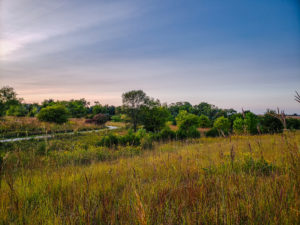Learn About Pre-Settlement Species
By learning about Minnesota’s pre-settlement forest species and how human-driven climate change is impacting our biogregion, we can better understand the present state of forest areas. Modern technologies help us to forecast future patterns that help to identify and assess opportunities and threats so that we can act more effectively to improve the future position of Minnesota’s forest areas.
The pre-settlement area of Minnesota’s forest land was estimated to be 31.5 million acres. Due in part to destructive logging practices, slash burning, wildfires, modern harvesting practices, toxic mining, modern development, and climatic shifts, Minnesota’s forests are disappearing. As these areas become fragmented and disappear, so does the relationship between livelihoods and forest use.
The history of human existence and civilizations is intertwined with forests and trees. Forests are crucial for the goods and services they provide, which people all over the world depend on.
When we look back to pre-settlement forest species, we also see a history of human impact. Past land use practices have left a legacy of impacts on the land and soils, which have influenced later forest development. Forest management today is a complex process that involves ecosystem management, habitat enhancement, biodiversity management, landscape ecology, carbon sequestration, ecosystem services, and traditional uses.
See Dibaginjigaadeg Anishinaabe Ezhitwaad: A Tribal Climate Adaptation Menu for a framework that integrates Indigenous and traditional knowledge, culture, language and history to create land management practices that arise out of a place of respect, reciprocity, and the recognition of all beings.
Did you take this action? Report it!
Help us show our collective community impact by reporting that you took this action.




